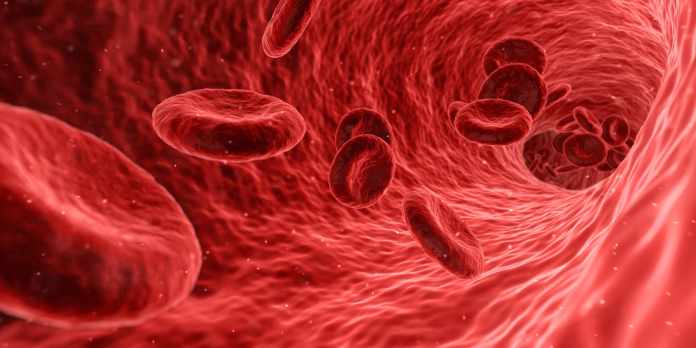People who are genetically predisposed to the hereditary haemochromatosis condition are at a high risk of developing the disorder and should be tested to avoid complications. The symptoms of the condition include joint pain, fatigue, and weight loss. Many people with the disease don’t have any signs or symptoms other than elevated iron levels in their blood, and that is why getting a haemochromatosis test is highly recommended. Moreover,
getting an early diagnosis enables early treatment to prevent more severe health conditions that can develop due to excess iron in the body.
Table of Contents
The Diagnosis
Hereditary hemochromatosis can be difficult to diagnose, and most people are unaware of the condition until more severe symptoms start to show. Early symptoms such as stiff joints and fatigue may be due to conditions other than hemochromatosis. A doctor will likely suspect this disorder when you have abnormal blood tests. Symptoms may occur gradually over time and start with mood swings, irritability, tiredness discolouration or bronzing of the skin. In some cases, these symptoms may occur as a result of the damage that iron causes to organs.
The condition does affect around 1 in 300 white non-Hispanic people. It is more likely to develop in males and in people with other health conditions. Females may experience no symptoms or may not be aware of it until after menopause. In women, menstruation naturally reduces the levels of iron in their blood.
Genetic testing for haemochromatosis can help determine if you are affected. This hereditary haemochromatosis test involves identifying a faulty gene in your DNA. If both parents have the disease, you have a high chance of passing the mutation to your children.
People who are genetically predisposed to hereditary hemochromatosis are more likely to struggle with abnormal iron levels over time. Preventive measures can be taken in terms of lifestyle and food, a diet low in iron is one way to combat it. Hemochromatosis is not completely treatable in the sense that with appropriate measures, the symptoms can be alleviated but they will not disapear completely.
Treatment
If you have this condition, your doctor may recommend taking medication that will lower your iron level in conjunction with blood removal procedures. By maintaining their iron levels within the normal range, people diagnosed with haemochromatosis can reduce the chances of developing liver cancer and organ damage. If you suspect a blood relative has this condition, it is a good idea to notify them. Then, they can be tested with a haemochromatosis test and receive appropriate treatment.
The genetic mutations in the HFE gene are responsible for the haemochromatosis condition. These genes produce abnormal levels of iron in the body, which leads to a host of health issues. If left untreated, haemochromatosis may lead to the need for kidney dialysis for many years. Fortunately, it can be detected with haemochromatosis tests. Also, liver tests and MRI scans can help identify this condition.Treatment for haemochromatosis patients is similar to blood donation, where a doctor draws 500 ml of blood once a week. It may take up to one and a half years to normalise iron levels in the blood. This treatment does not reduce a person’s life expectancy; however, it stresses the liver.
Summary
Symptoms of haemochromatosis may be difficult to detect and hard to differentiate from other conditions. Early detection is vital, as symptoms can be absent or mild in most cases. Family members of a patient with hemochromatosis should undergo diagnostic testing to check for the disease, and the simplest way to do it is to get a haemochromatosis test.



















